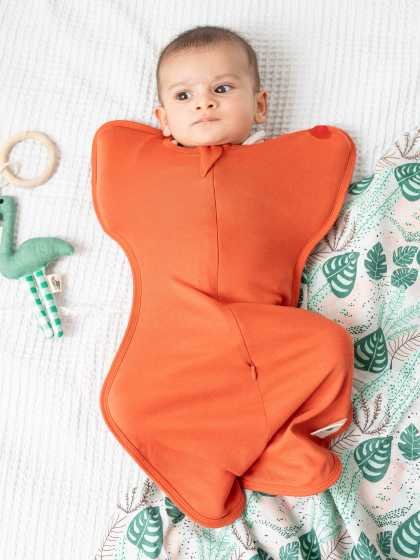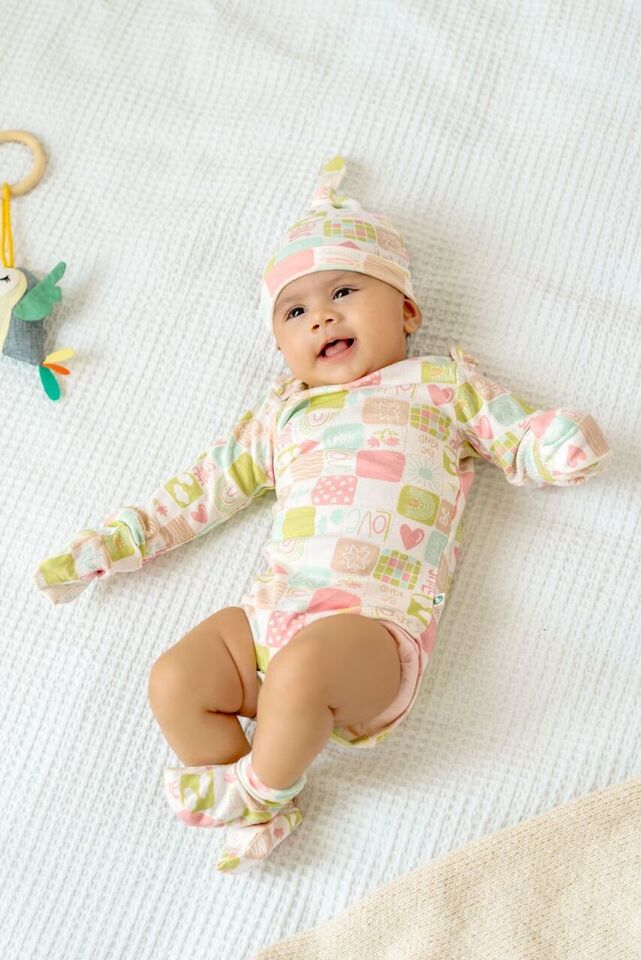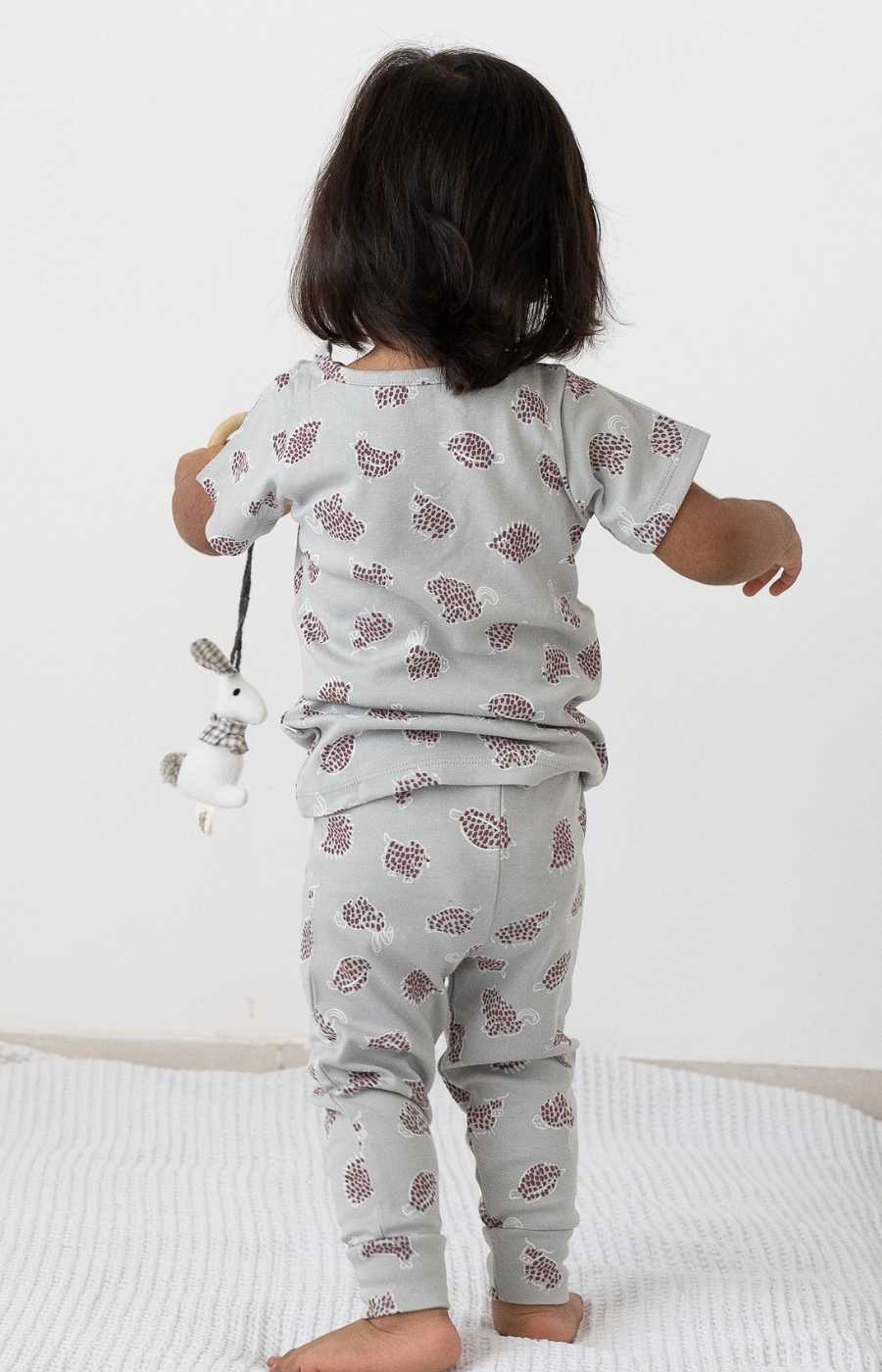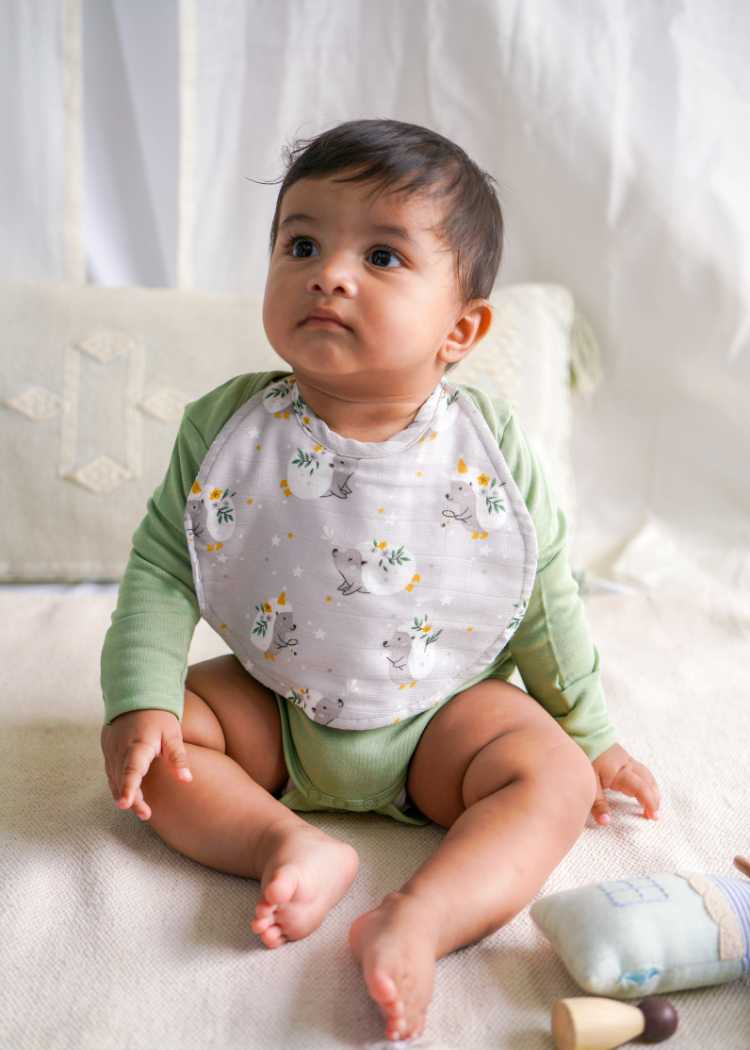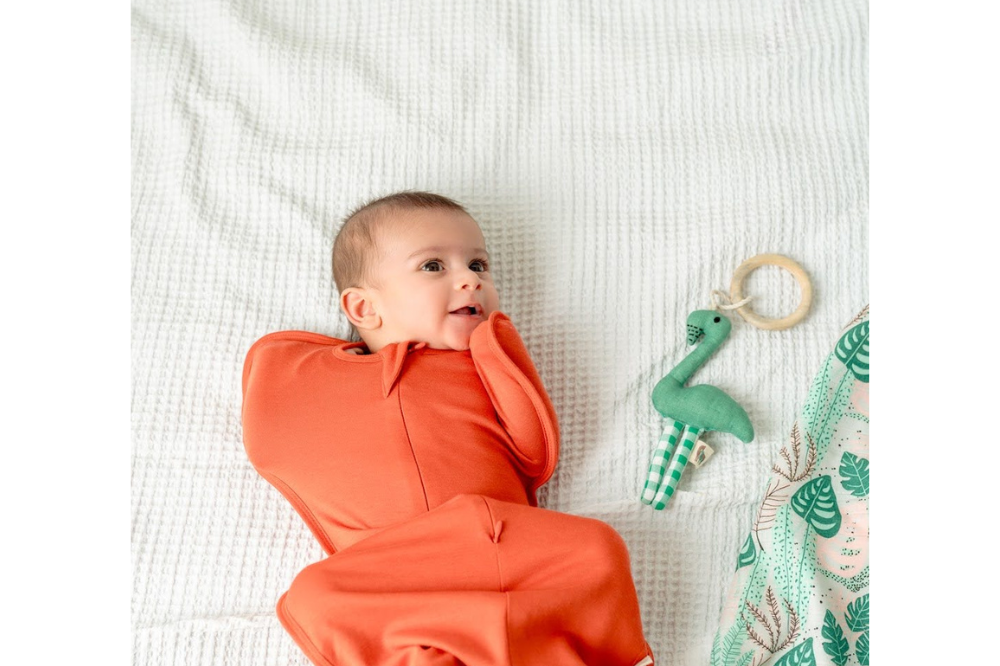Swaddling, an old method of wrapping a baby tightly in a blanket, helps calm them and help them sleep. Though swaddling can be an effective technique for calming newborns, it is important for new parents to learn how to do it right and safely to keep their baby safe and comfortable. Correct swaddling can make a baby feel safe, like in the womb, reducing the startle reflex and promoting longer deeper sleep. In this blog post, let us learn how and when to stop swaddling your baby and what age to stop swaddling.
Why Swaddling Is Important?
Swaddling is an important practice for soothing newborns and promoting healthy sleep habits. When done correctly, swaddling can provide numerous benefits for both baby and parents:
Reduces the startle reflex: Newborns have a strong startle reflex, known as the Moro reflex, which can cause them to wake up suddenly. Swaddling can greatly help reduce this reflex, allowing babies to sleep more soundly.
Promotes longer sleep cycles: By reducing the startle reflex and creating a cosy, womb-like environment, swaddling encourages longer periods of uninterrupted sleep for babies.
Calms fussiness: Many babies find the snug feeling of swaddling comforting and soothing, helping to calm crying and fussiness.
Supports proper hip development: When done with the hips and knees slightly bent and able to move, swaddling can support proper hip development in infants.

When Should You Stop Swaddling Your Baby - Expert Advice For Parents
If you are wondering when I should stop swaddling my baby, Experts recommend stopping swaddling your baby when they begin to attempt rolling over, which is usually when they turn 2-4 months old. After this, continuing to swaddle can lead to SIDS and suffocation if the baby rolls onto their stomach due to the swaddle situation. Some key signs it's time to stop swaddling include your baby starting to try to roll over, as well as signs of overheating like sweating, flushed cheeks, or rapid breathing.
Experts recommend a slow way to stop using a swaddle for your baby. Begin by letting one arm out, then both, and then stop using the swaddle altogether. Using a sleep sack that's close but not too tight can also help. There's no perfect method; just do what suits your baby's sleep and growth. The important thing is to listen to your baby and switch when it's time to meet their changing needs.

How Can You Stop Swaddling Your Infant?
So, at what age do you stop swaddling a baby? Around 2-4 months, when you start to stop swaddling your baby, there are several ways to help them adjust smoothly.
Gradually transition from swaddling: Instead of stopping or not swaddling your baby all at once, slowly wean your baby from the swaddle over a few nights. Begin by letting one arm out, then both until they become comfortable to stop. This helps your baby get used to having their arms free.
Maintain a calming bedtime routine: Make sure your baby's sleeping area is dark, cool, quiet and void of any loud noises and distractions. If your baby likes pacifiers, you can give one to them. Having a regular bedtime routine helps your baby understand it's time to sleep.
Be patient and flexible: Every baby is different, so be prepared to adjust your approach as needed. If your baby seems to sleep better with one arm out, stick with that for a while longer because the key is finding what works best for your little one.
Pro tip: You can use our transition pod to slowly transition and stop swaddling your baby.
Last Line
Swaddling helps calm babies and encourages good sleep, but parents must know when to stop it safely. For many parents, the question is when can I stop swaddling my baby, so pay attention to your baby and make the switch when they're ready, supporting their development and ensuring they have good sleep habits for a long time. You can also check out Cocoon Care swaddles for your baby, which are made with natural materials such as bamboo and muslin that provide a comfortable and safe environment for sleeping.
FAQs
Q. At what age should parents stop swaddling a baby?
A: It is recommended that you stop swaddling your baby at around 2-4 months when you see your baby start showing signs of trying to roll over. Swaddling after this could make SIDS and suffocation more likely if the baby rolls onto their stomach.
Q. How do you know when your baby no longer wants to be swaddled?
A: If your baby wants to stop being swaddled, look for signs like rolling over, feeling too hot like sweating, flushed cheeks, fast breathing, or wanting their arms free. Watch your baby's signals and make changes as necessary.
Q. Is it okay to keep the baby swaddled all day?
A: No, it's not recommended to keep your baby swaddled all day. Swaddling should be used for sleep periods only and removed during awake times to allow for proper hip development and to avoid overheating. You should limit swaddling to naps and nighttime sleep.




